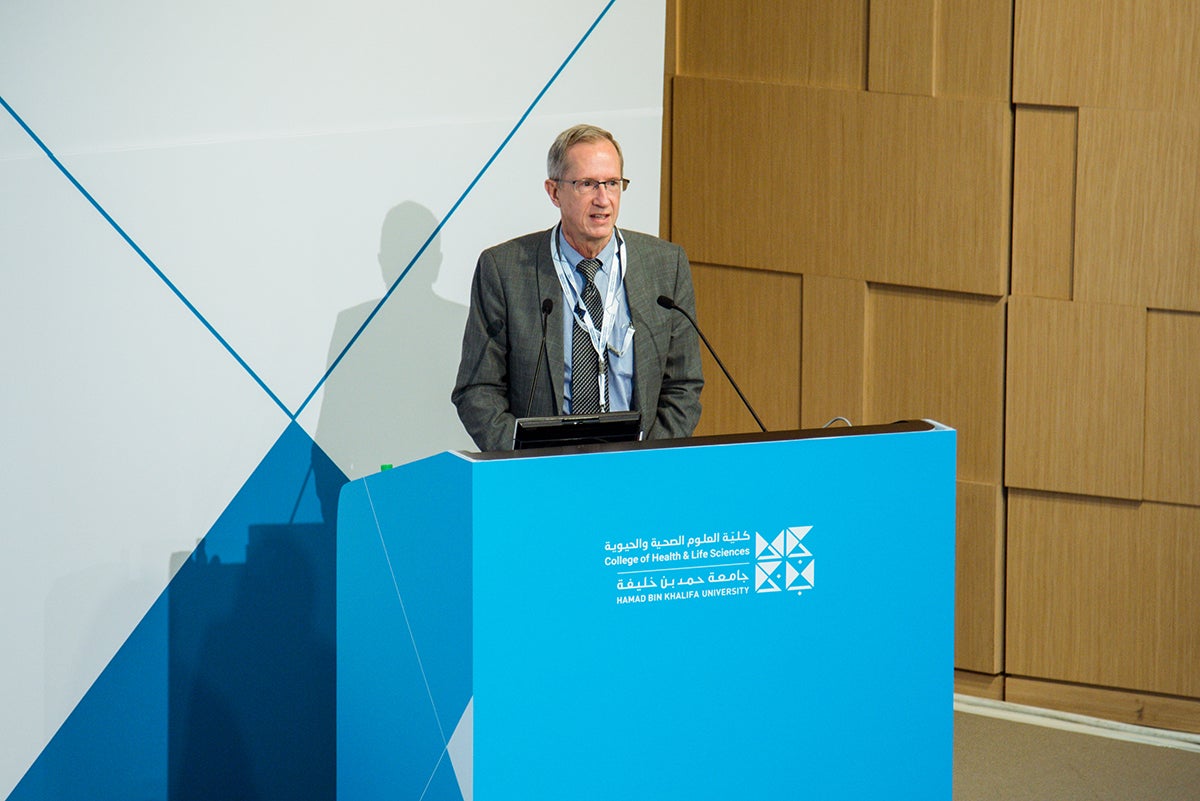By Dr. Kabir H. Biswas

Children are especially susceptible to a number of diseases including those caused by pathogenic microorganisms, genetic variations and environmental factors. One of the most prevalent non-communicable diseases amongst children is asthma. Childhood or pediatric asthma could affect almost 1 in 5 children worldwide, a trend that has increased over the past several decades. Widely regarded as a global epidemic, asthma also poses a significant financial burden, accounting for up to 2% of healthcare spending in developed countries.
Asthma is a chronic disease of the bronchial tree, the branching network of tubes in the lungs that not only allows air to come in and out but also provides a large surface area for the efficient exchange of gases critical for our survival. In the case of asthma, these airways are obstructed due to the narrowing and swelling of the bronchial tubes as well as the production of extra mucus. In essence, this is an inflammatory response of the bronchial tubes to asthmatic triggers. At the cellular level, asthma involves interactions between the vascular endothelial cells and leukocytes through a number of cell adhesion molecules. These are proteins that allow for the attachment of one cell to another which is required for many physiological processes. The cellular interactions result in the induction of inflammatory signals and ultimately leads to the elevation of serum immunoglobulin levels.
The obstruction of bronchial tubes results in difficulty breathing which may manifest as coughing, wheezing, shortness of breath and chest pain or tightness. The latter symptoms are worsened during a respiratory viral infection such as a cold or the flu. It is important to note that people affected by asthma show varying grades of these symptoms with some only experiencing minor discomfort. On the other hand, some patients may develop severe symptoms resulting in interference in their day-to-day activities which can potentially become life-threatening. In addition to variations in the severity of symptoms, asthmatic episodes may also vary from infrequent attacks – for example, when exercising - or could be continuous. A gender-based difference in the occurrence of childhood asthma has also been reported with incidence, prevalence, and hospitalization higher in pre-pubertal boys than girls of the same age.
While the underlying causes are not entirely clear, available evidence suggests that asthma is a multifactorial disease, with environmental and host factors, as well as genetic susceptibility playing a significant part. For instance, a number of regions in the human genome containing a variety of genes including interleukins (immune cell secreted protein factors that play a critical role in inflammation) have been found to be associated with childhood asthma. Host factors linked to asthma include allergic sensitization, frequent respiratory infections, obesity, family history, low birth weight, heavy physical activity and nutritional factors. While these factors impact sufferers at the individual level, environmental problems such as air pollution, pollens, mold and the weather impact at the population level.
A recent study involving 18 European countries, including France, Denmark, Spain, and the United Kingdom, suggests that approximately 4 million children (13% of new cases) develop asthma each year as a result of exposure to pollution by vehicles. Researchers used a variety of data including national-level figures for childhood asthma incidence, estimated distribution of children across countries and regional variations in pollutant levels. These cases were largely attributed to the increase in the level of microscopic particles (PM2.5, particles with size less than 2.5 micrometer) and nitrogen dioxide (NO2) in the air, both of which are largely generated by vehicles. While this paints a gloomy picture, adherence to World Health Organization prescribed limits of these pollutants (annual average PM2.5 levels ≤10 μg/m3 and annual average NO2 levels ≤40 μg/m3) can save almost 67,000 cases of childhood asthma annually.
How is Qatar doing with respect to childhood asthma? According to Hamad Medical Corporation (HMC), the general prevalence of asthma among Qatari children is estimated to be the same as the world average (about 20% of children aged 6-14 years). Of these, approximately two-thirds of cases are reported among boys. In both males and females, the majority of these cases appear to be moderate in severity (57%) while the rest are either mild (28%) or severe (18%). Besides genetics, several factors are associated with childhood asthma in Qatar, including obesity (~25% of asthmatic children were obese compared to ~18% of the non-asthmatic controls), respiratory infections (~96%) and family history (~86%). It is important to note that there are increased incidences of asthmatic attacks at the beginning of the winter season and during sandstorms.
In response, Qatar has applied a multi-pronged approach to tackling childhood asthma which falls broadly under the rights of children, youth and older persons of the Qatar National Vision 2030. First and foremost, the country’s healthcare system, including HMC and the Primary Health Care Corporation (PHCC), has elaborate protocols in place for the diagnosis and management of asthma in children. Additionally, citizens intending to enter into a consanguineous marriage are required to undergo premarital screening in which they are evaluated for a variety of possible factors that might lead to asthma in their offspring. Finally, the controlling of sources and an overall reduction in air pollution is a key priority of strategic plans developed by the Ministry of Municipality and Environment. Initiatives include a move towards cleaner energy and a greener economy, reducing energy consumption and preserving biodiversity.
Given the multifactorial nature and heterogeneous symptoms with different etiologies and prognoses, there are currently no cures for asthma. Accordingly, appropriate management of the disease and reducing exposure to agents and triggers are the only strategies available to us to thwart this epidemic.
Dr Kabir Hassan Biswas is an assistant professor at the College of Health and Life Sciences at Hamad Bin Khalifa University.










